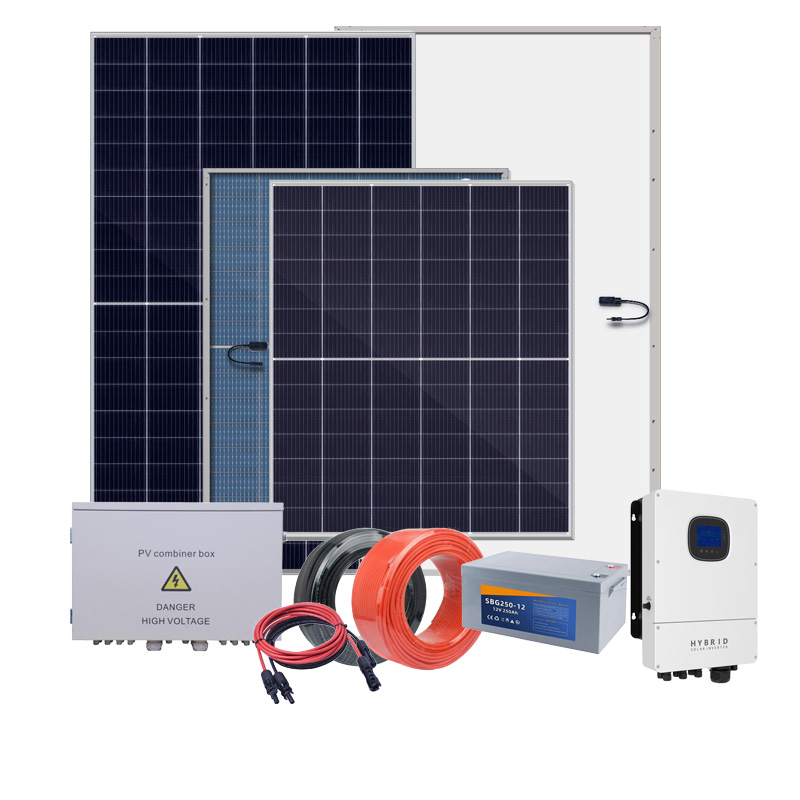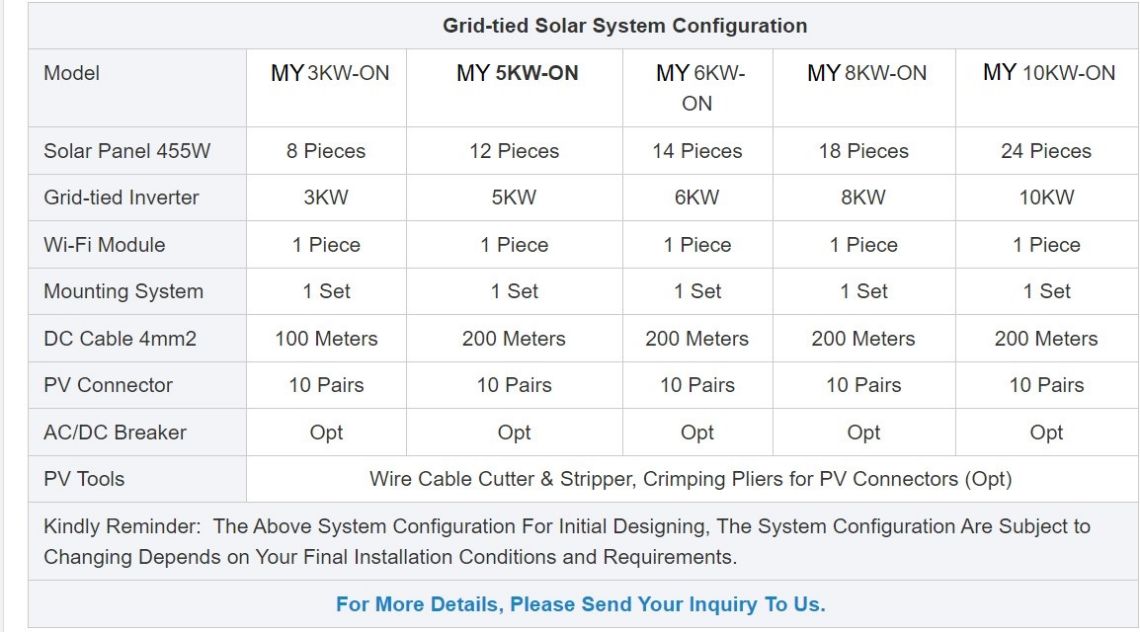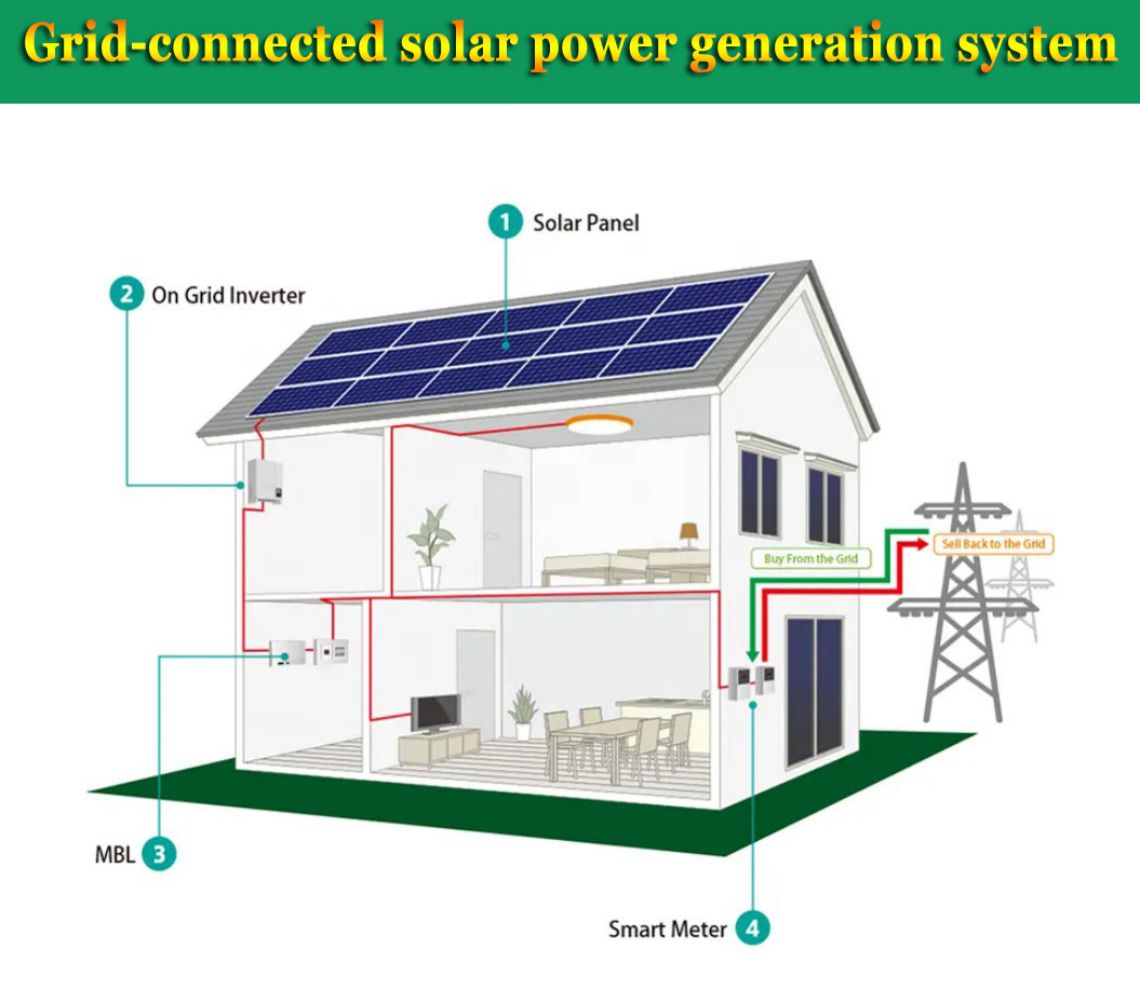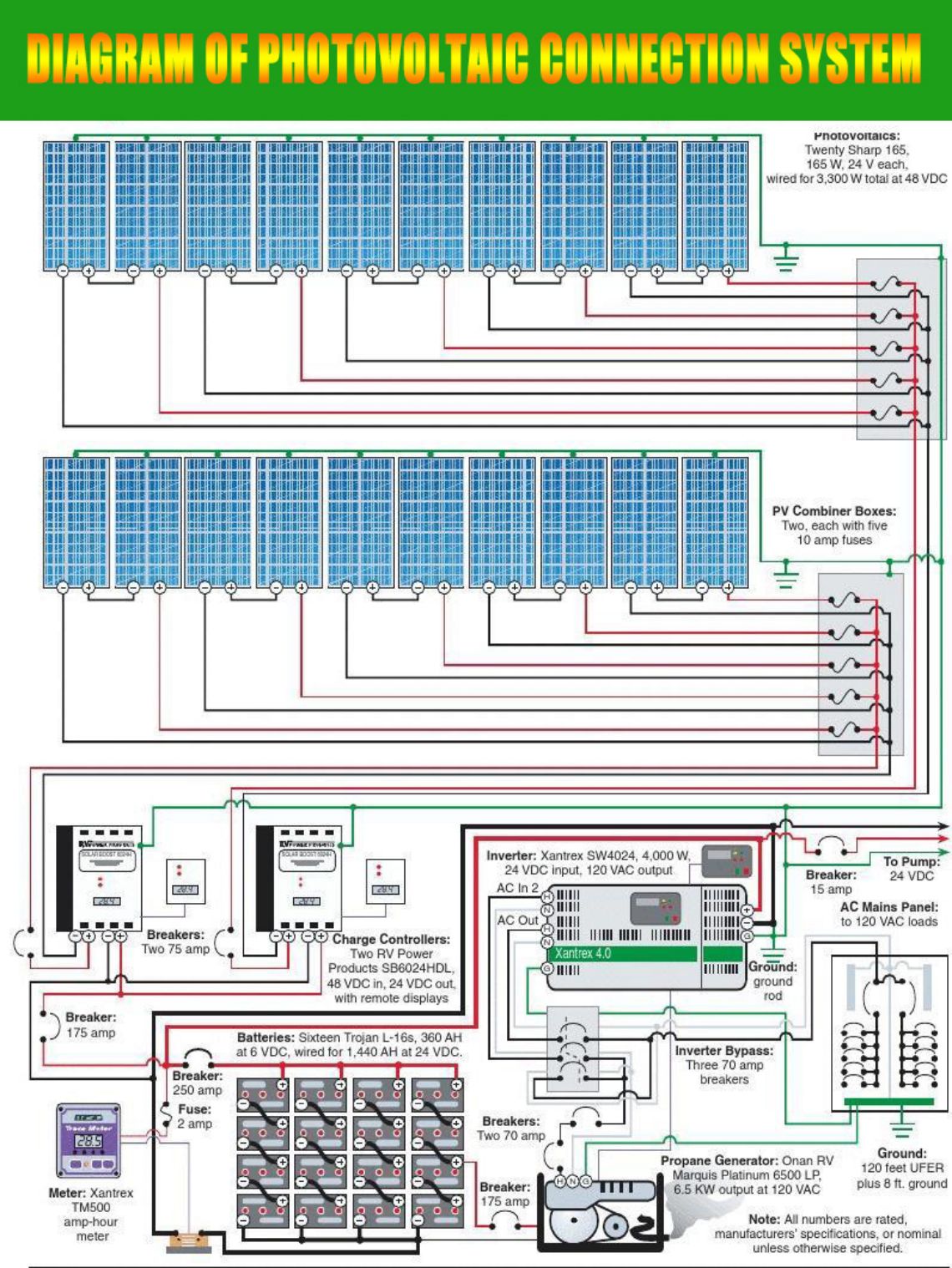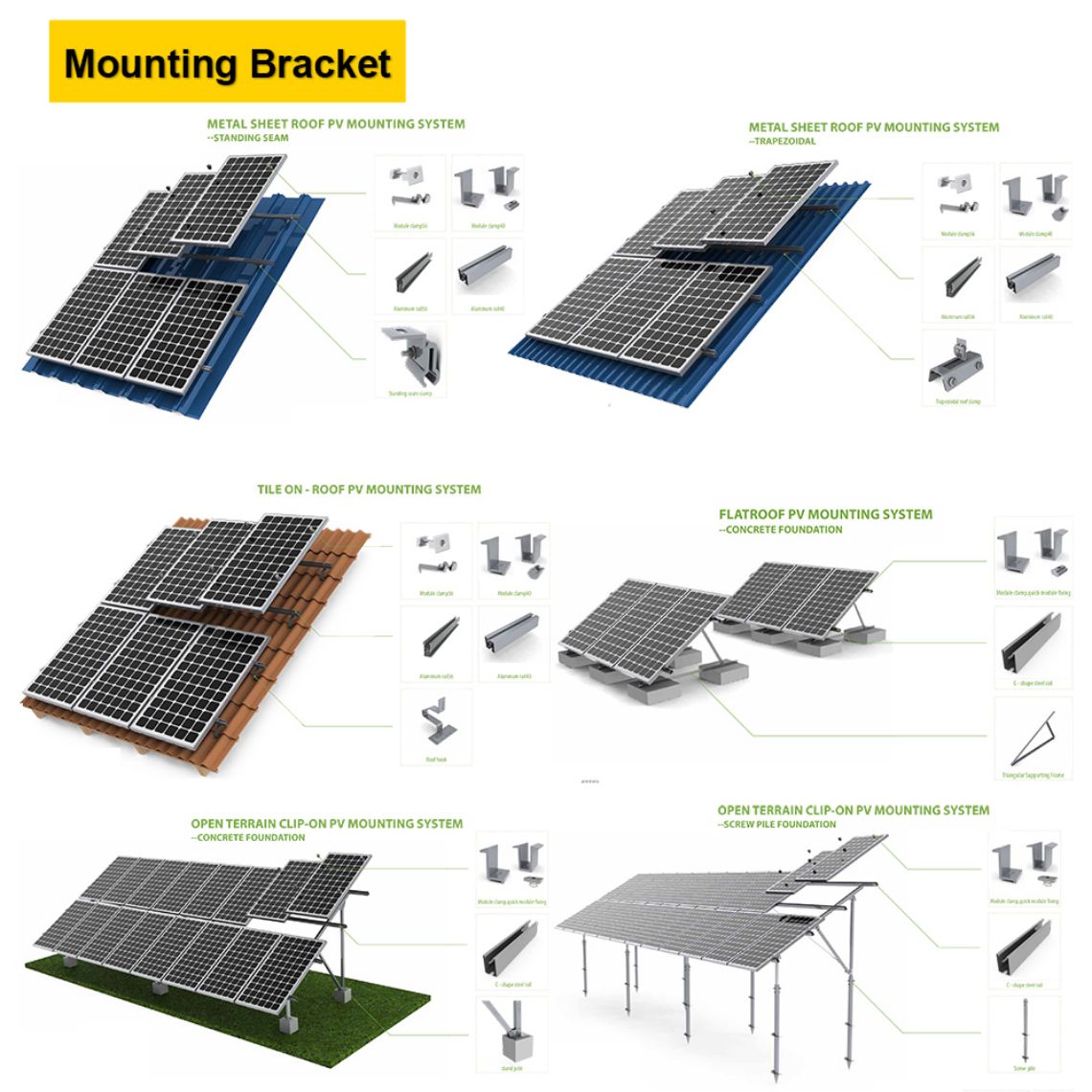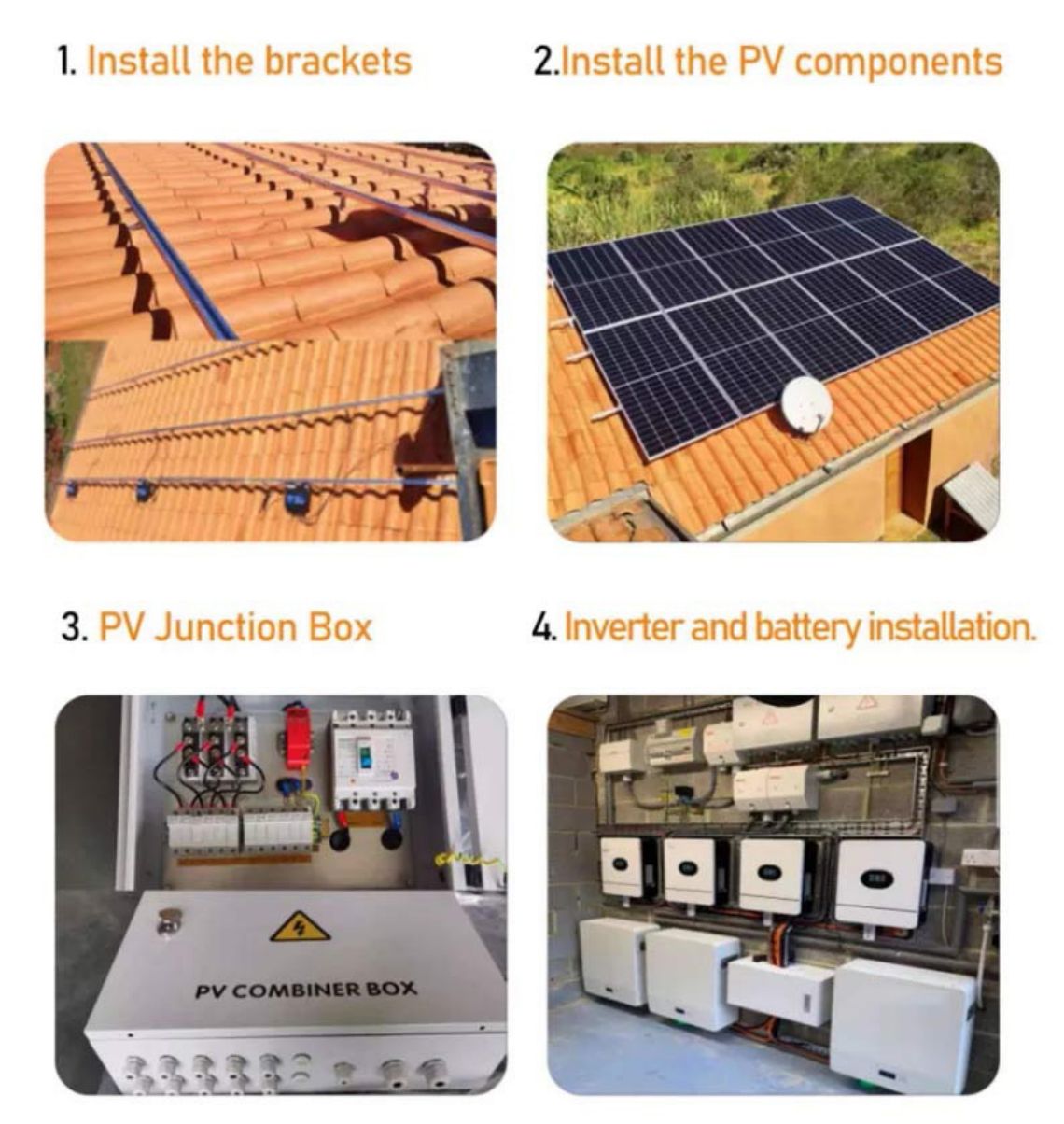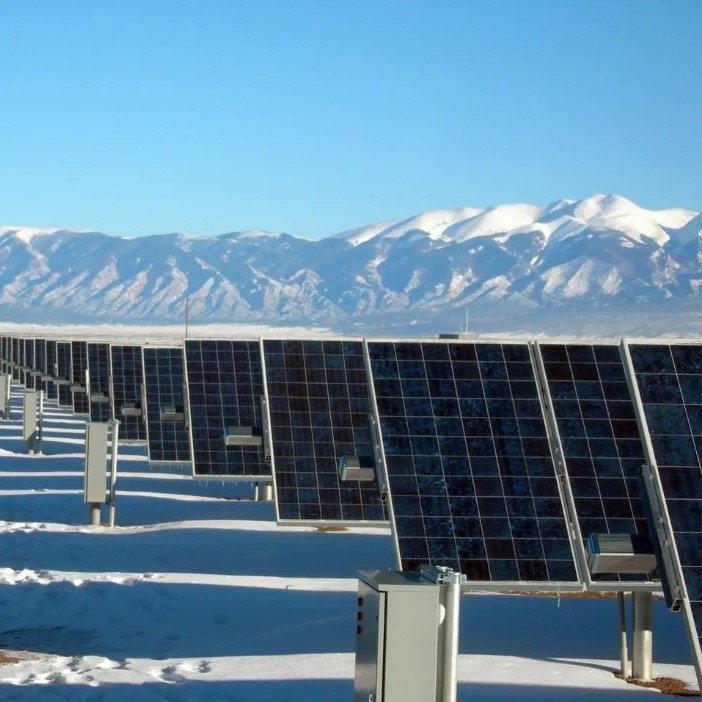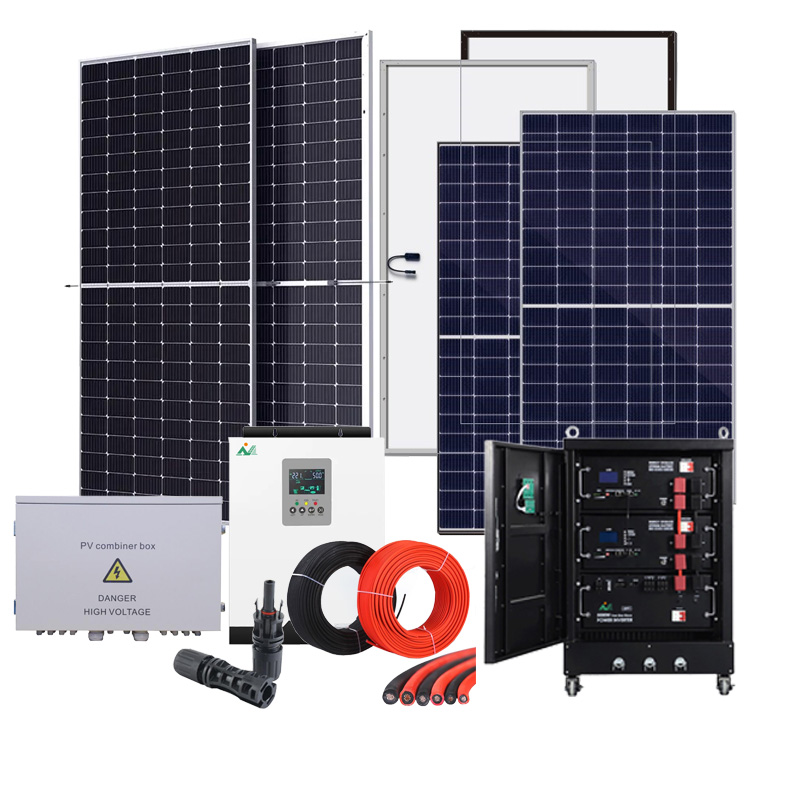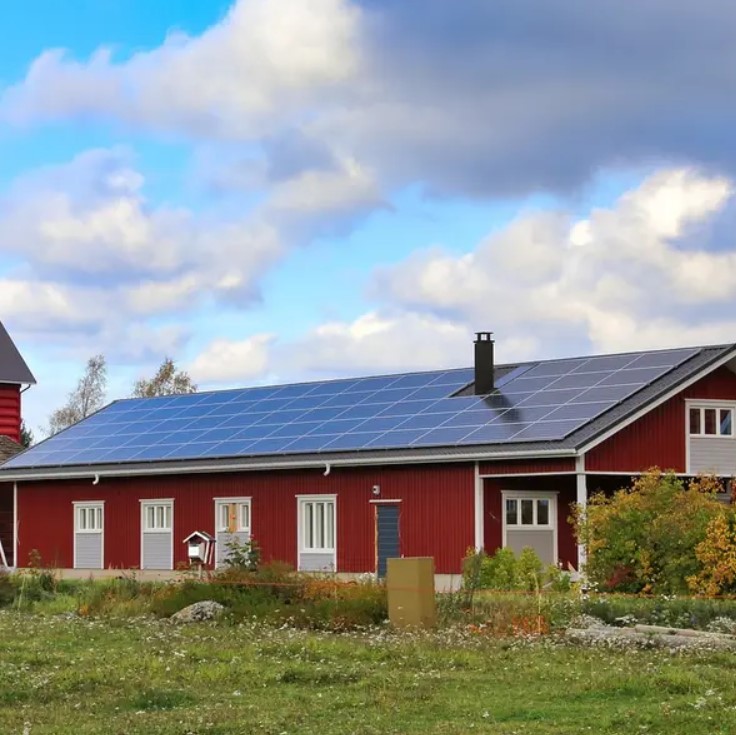Energy-saving MY-3KW 5KW 6KW 8KW 10KW solar systems complete kit solar power system
Product description
A grid-connected solar system is a system that connects solar power generation to the grid. It usually includes solar photovoltaic modules, inverters and grid connection devices.
During the day, solar photovoltaic modules convert solar radiation into DC electricity. An inverter then converts the DC power to AC power to match the standard voltage and frequency of the grid. Alternating current is fed into the electrical grid of a home, business, or other building for use by appliances that use it.
If solar generation exceeds usage, the excess power is sent to the grid where it can be used by other users. Conversely, if solar power is insufficient, the grid will provide additional electricity to meet demand.
Grid-connected solar systems offer many advantages, including reduced energy consumption, reduced carbon emissions, savings on electricity bills, and reliability. However, the security and compliance of the system needs to be ensured to comply with local grid codes and requirements.
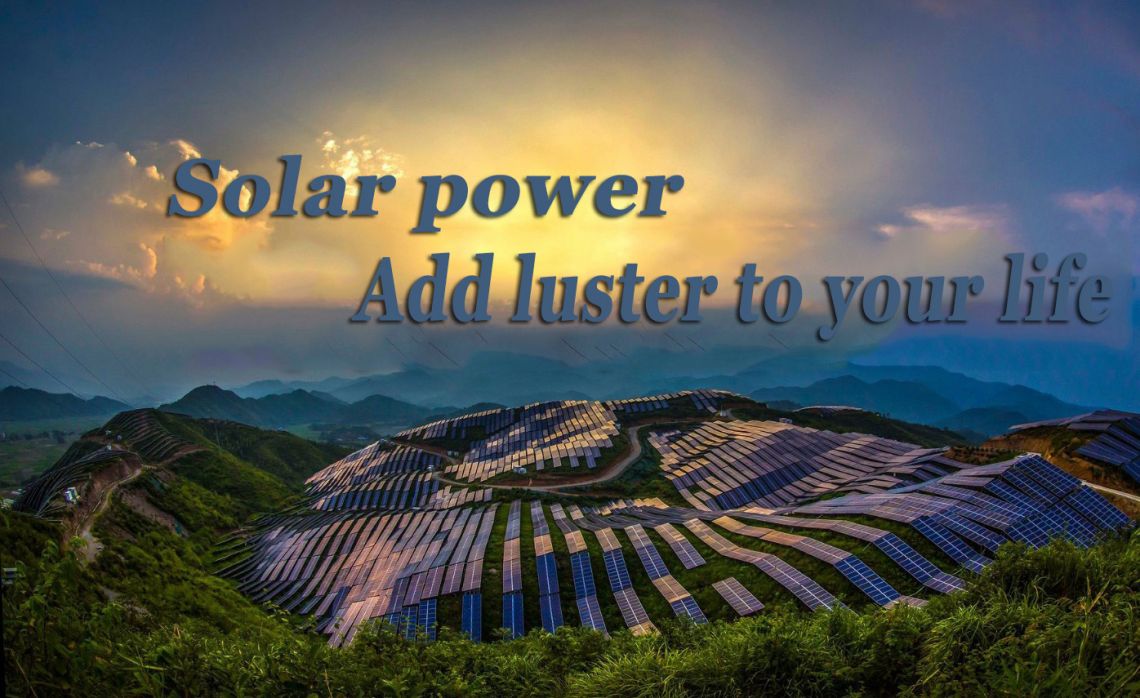
Product features
Renewable Energy: Solar energy is a renewable energy source that provides a sustainable supply of electricity from abundant solar resources.
Green and environmental protection: solar power generation will not produce greenhouse gases and pollutants such as carbon dioxide, and has almost no negative impact on the environment, which is conducive to reducing global climate change.
Save energy costs: Using solar power can reduce dependence on traditional power sources and reduce energy costs, especially in long-term operation can achieve significant savings.
High Reliability: Grid-connected solar systems are generally highly reliable, as their components have a long life and are less prone to damage, allowing them to continue operating under changing weather conditions.
Reduce grid pressure: Solar grid-connected systems inject electricity into the grid, which can reduce the demand for traditional power sources and effectively relieve grid pressure.
Grid-side energy compensation: If the solar grid-connected system generates more electricity than it needs, the excess electricity can be sold to the grid to enjoy electricity fee compensation or income.
Flexibility and scalability: The solar grid-connected system can be flexibly configured according to needs, and can be expanded by adding components such as solar power generation devices and inverters.
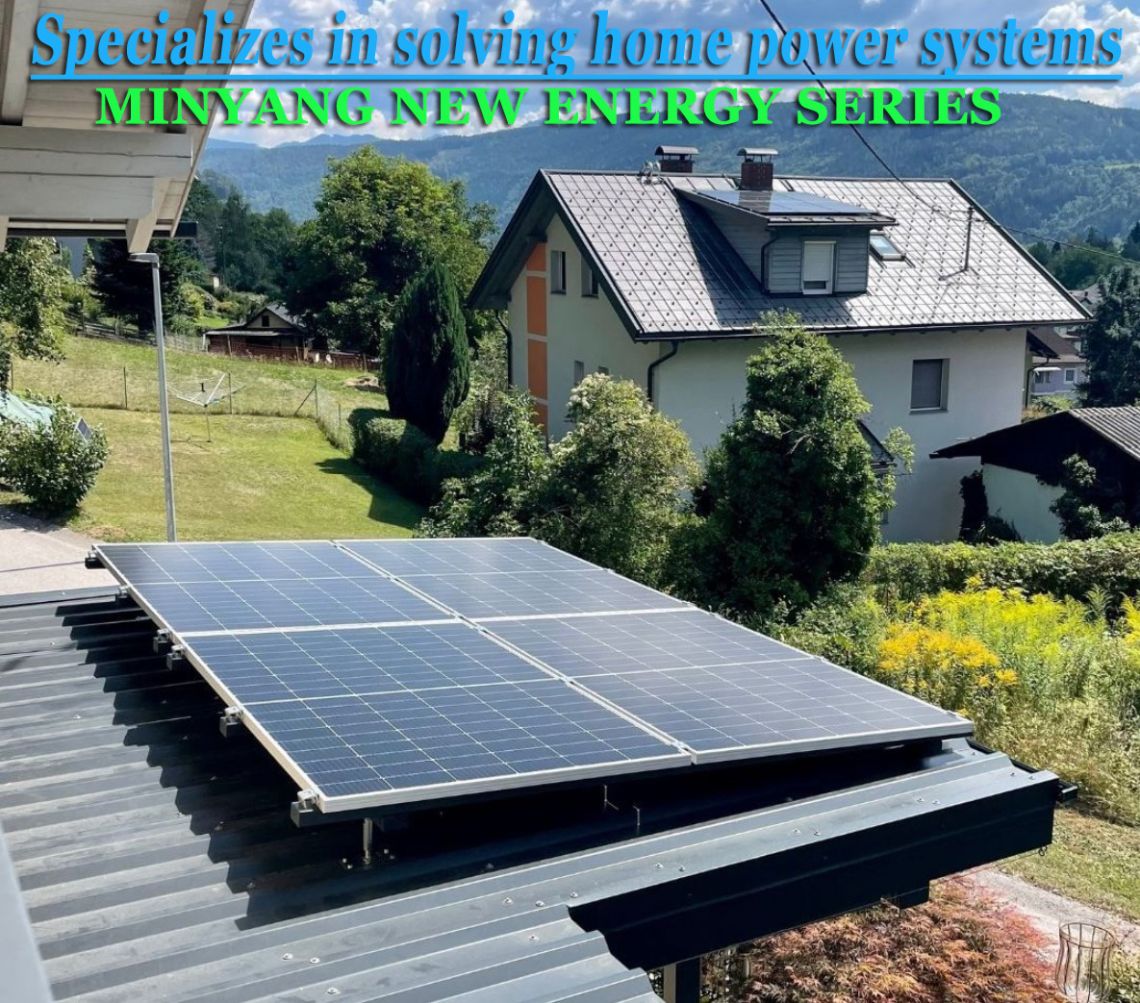
Product Details
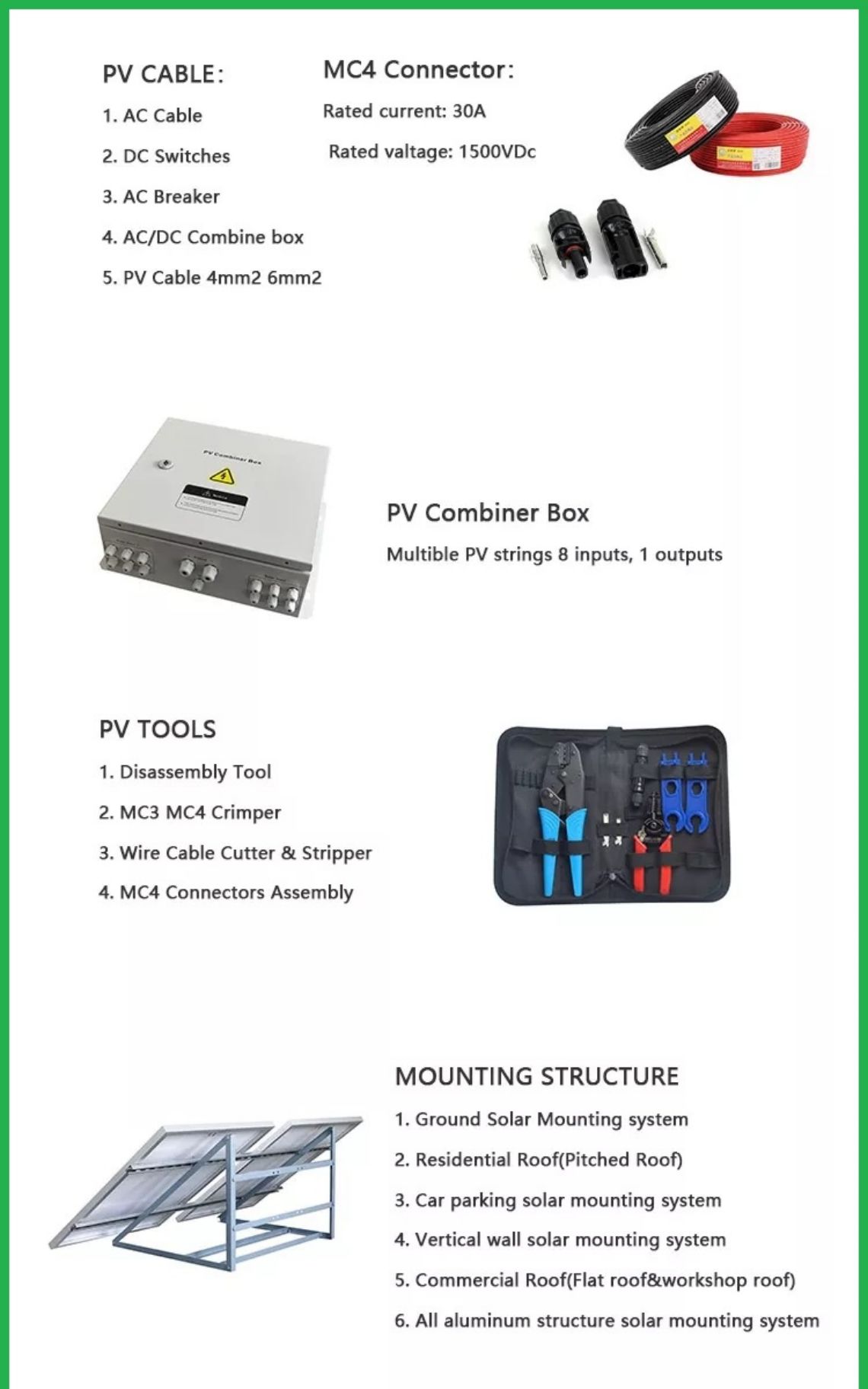
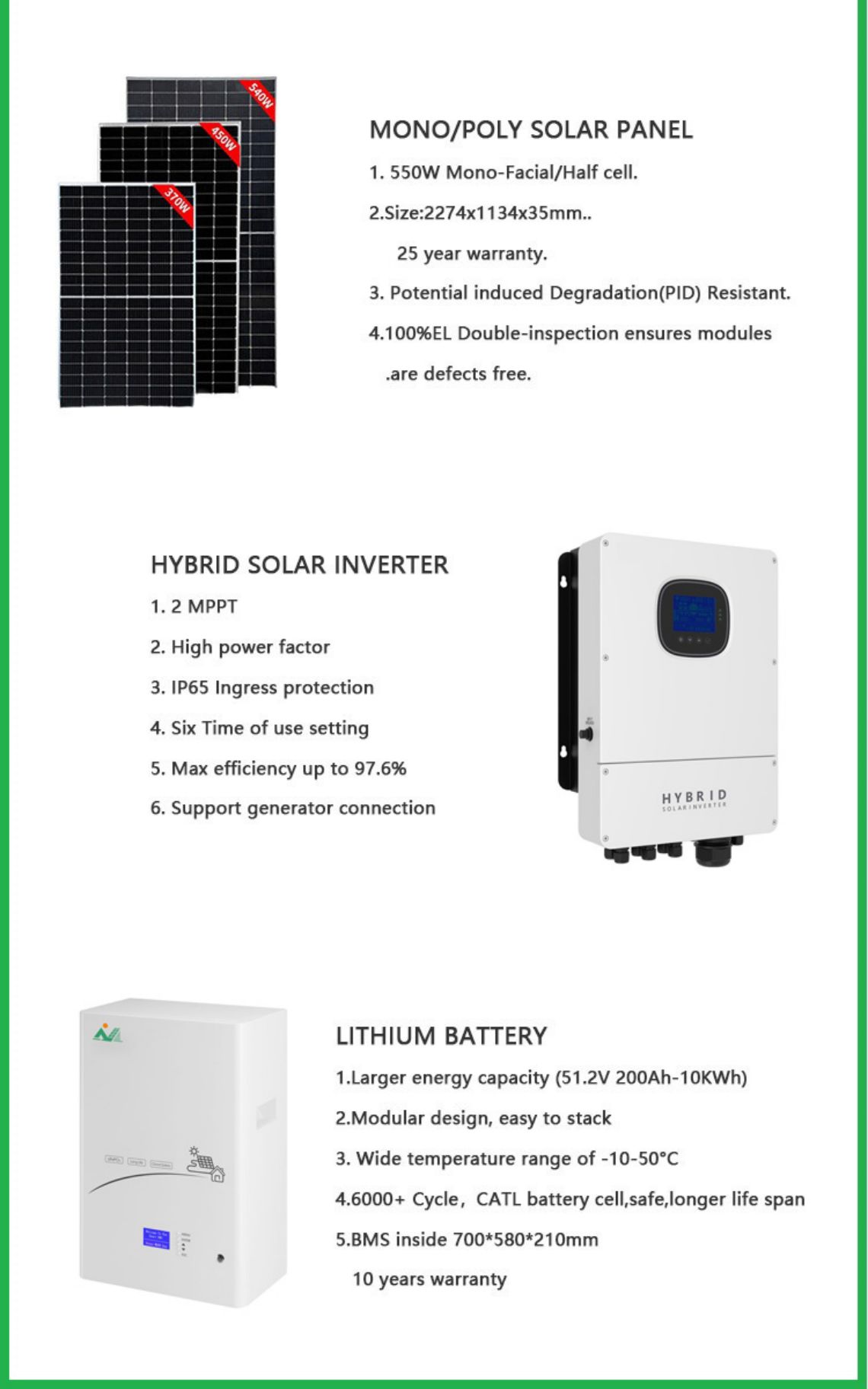
Scope of use and precautions
1, User solar power supply: (1) Small power sources ranging from 10-100W are used for military and civilian daily electricity in remote areas without electricity, such as plateaus, islands, pastoral areas, border checkpoints, etc., such as lighting, televisions, radio recorders, etc; (2) 3-5 KW household roof grid connected power generation system; (3) Photovoltaic water pump: used for drinking and irrigation in deep water wells in areas without electricity.
2, In the field of transportation, such as beacon lights, traffic/railway signal lights, traffic warning/marker lights, Yuxiang street lights, high-altitude obstacle lights, expressway/railway wireless Telephone booth, unattended road crew power supply, etc.
3,Communication/communication field: solar unmanned microwave relay stations, optical cable maintenance stations, broadcasting/communication/paging power supply systems; Rural carrier telephone photovoltaic system, small communication equipment, soldier GPS power supply, etc.
4, In the fields of oil, ocean, and meteorology: cathodic protection solar power supply system for oil pipelines and reservoir gates, living and emergency power supply for oil drilling platforms, ocean detection equipment, meteorological/hydrological observation equipment, etc.
5, Home lamp power supply: such as garden lamp, street lamp, portable lamp, camping lamp, mountaineering lamp, fishing lamp, Blacklight, rubber cutting lamp, energy-saving lamp, etc.
6, Photovoltaic power plants: 10KW-50MW independent photovoltaic power plants, wind (diesel) complementary power plants, various large parking and charging stations, etc.
7, Solar buildings combine solar power generation with building materials to achieve self-sufficiency in electricity for future large-scale buildings, which is a major development direction in the future.
8, Other fields include: (1) supporting vehicles: solar cars/electric vehicles, battery charging equipment, automobile air conditioners, ventilators, cold drink boxes, etc; (2) Renewable power generation system for solar hydrogen production and fuel cells; (3) Power supply for seawater desalination equipment; (4) Satellites, spacecraft, space solar power plants, etc.
Factors to consider in the design of solar power generation systems:
1. Where are solar power generation systems used? What is the solar radiation situation in the area?
2. What is the load power of the system?
3.What is the output voltage of the system, DC or AC?
4. How many hours does the system need to work per day?
5. If encountering cloudy and rainy weather without sunlight, how many days does the system need to be continuously powered?
6. What is the starting current for the load, pure resistive, capacitive, or inductive?
7. The quantity of system requirements.
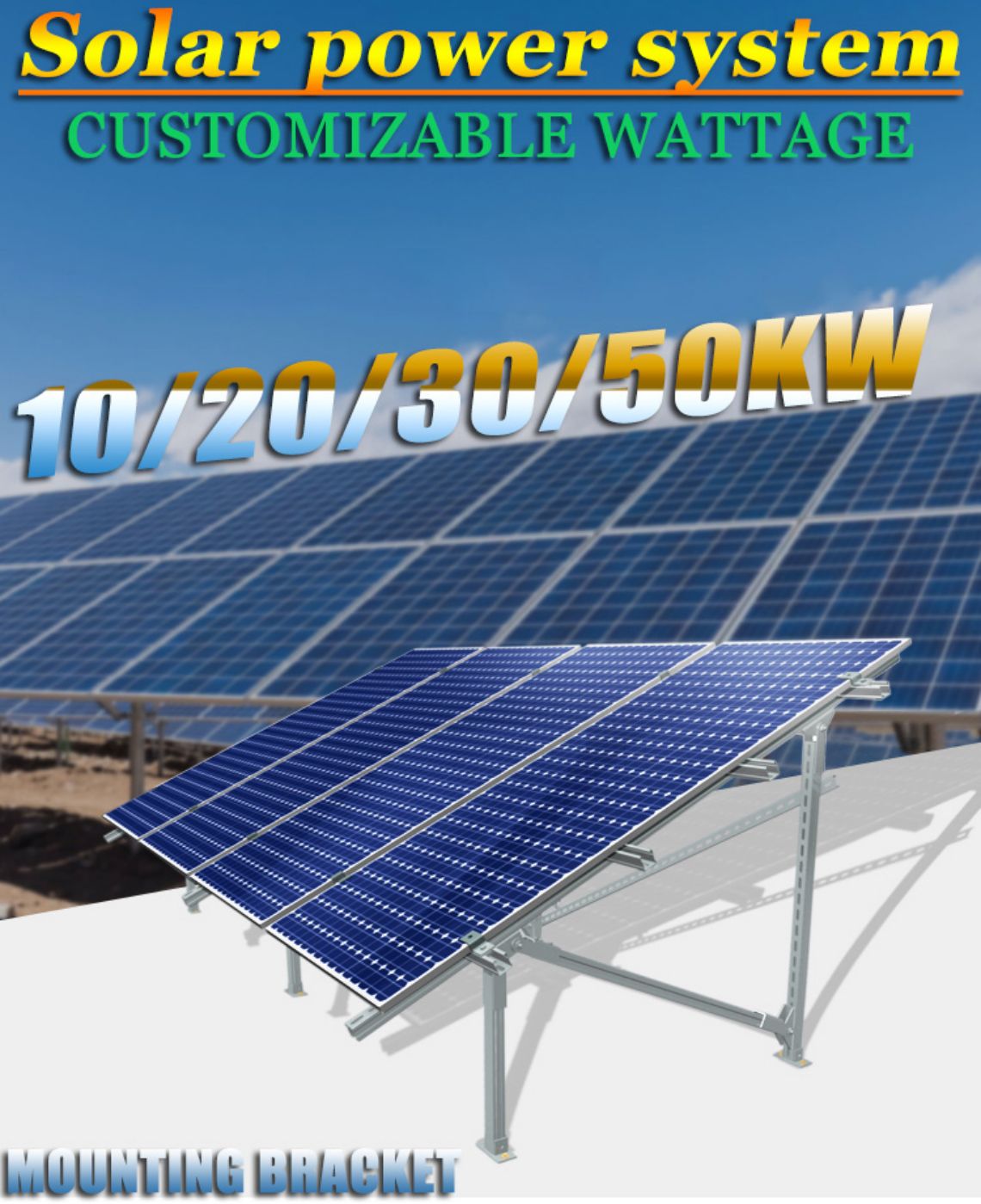
Workshop
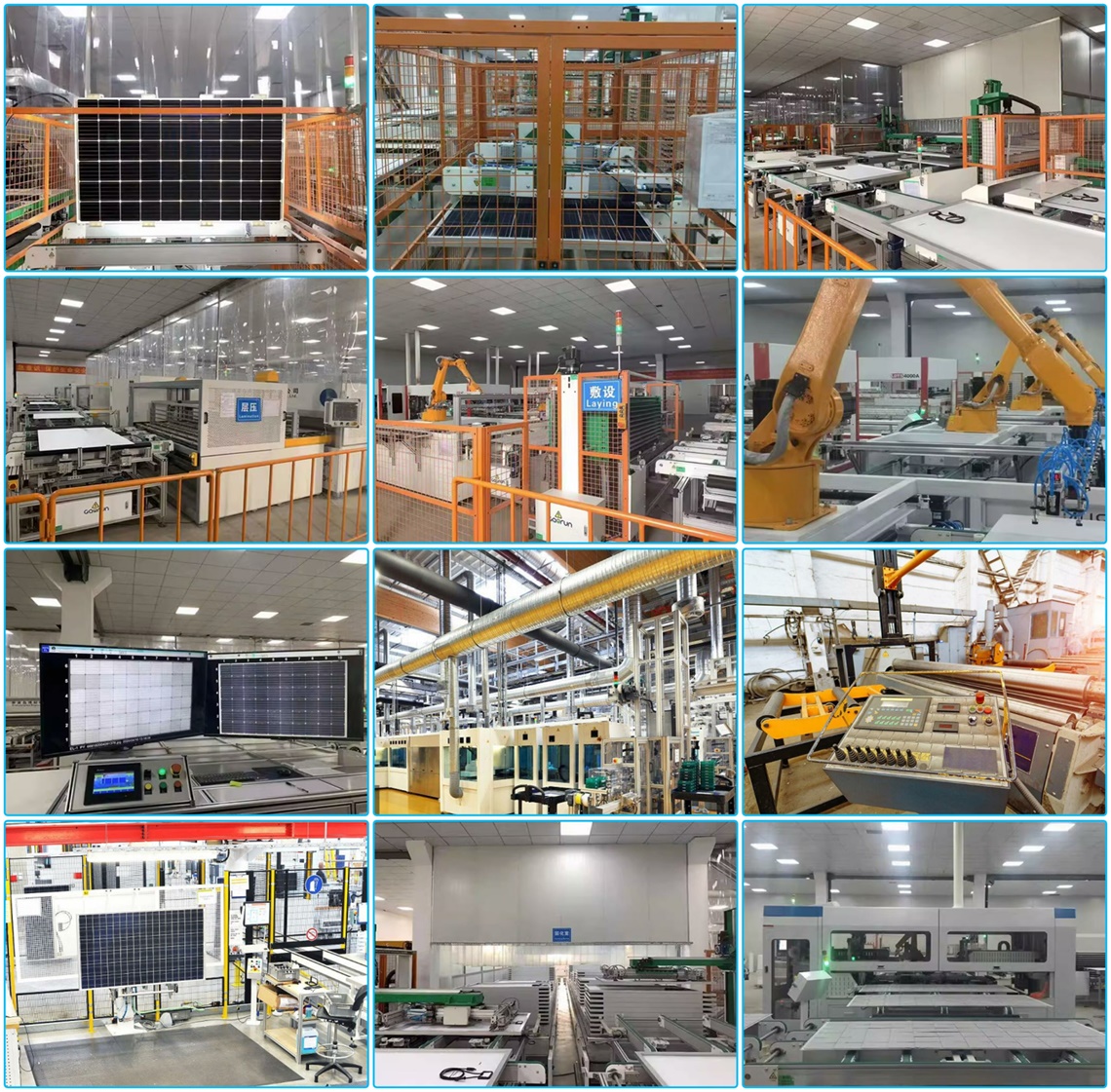
Certificate
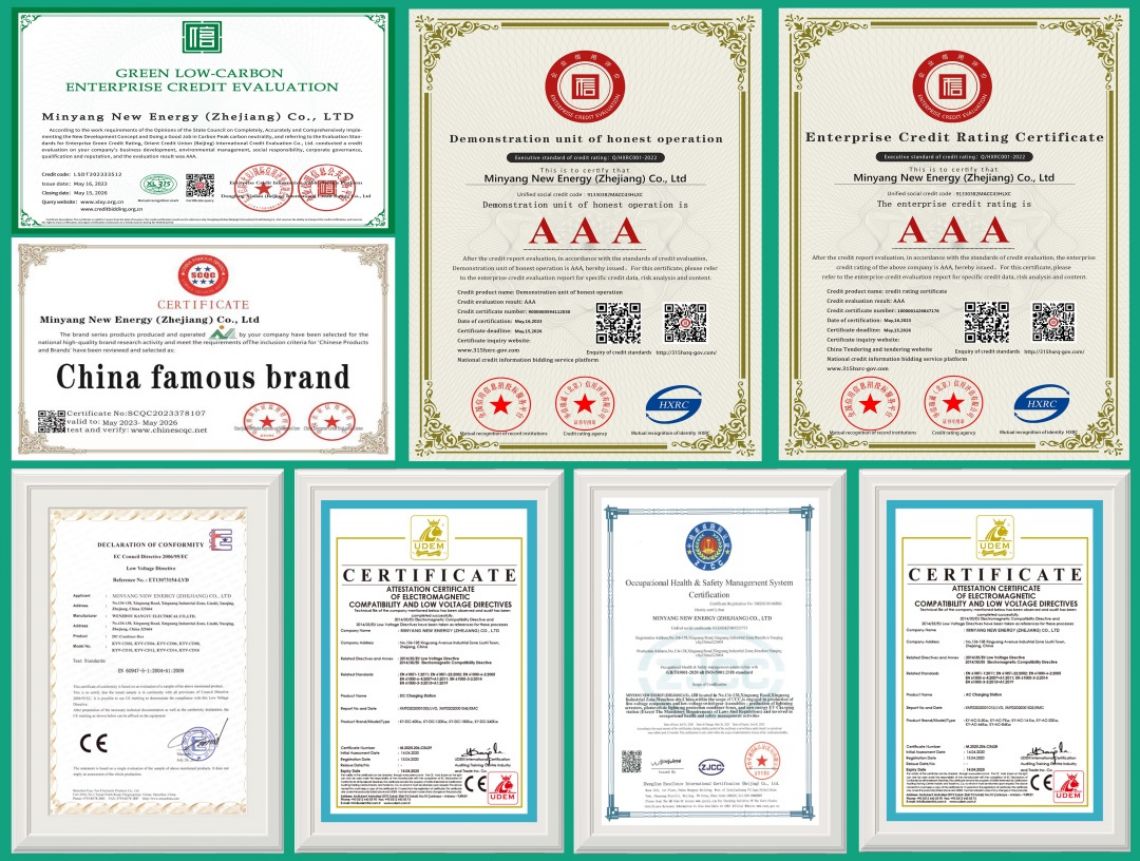
Product application cases

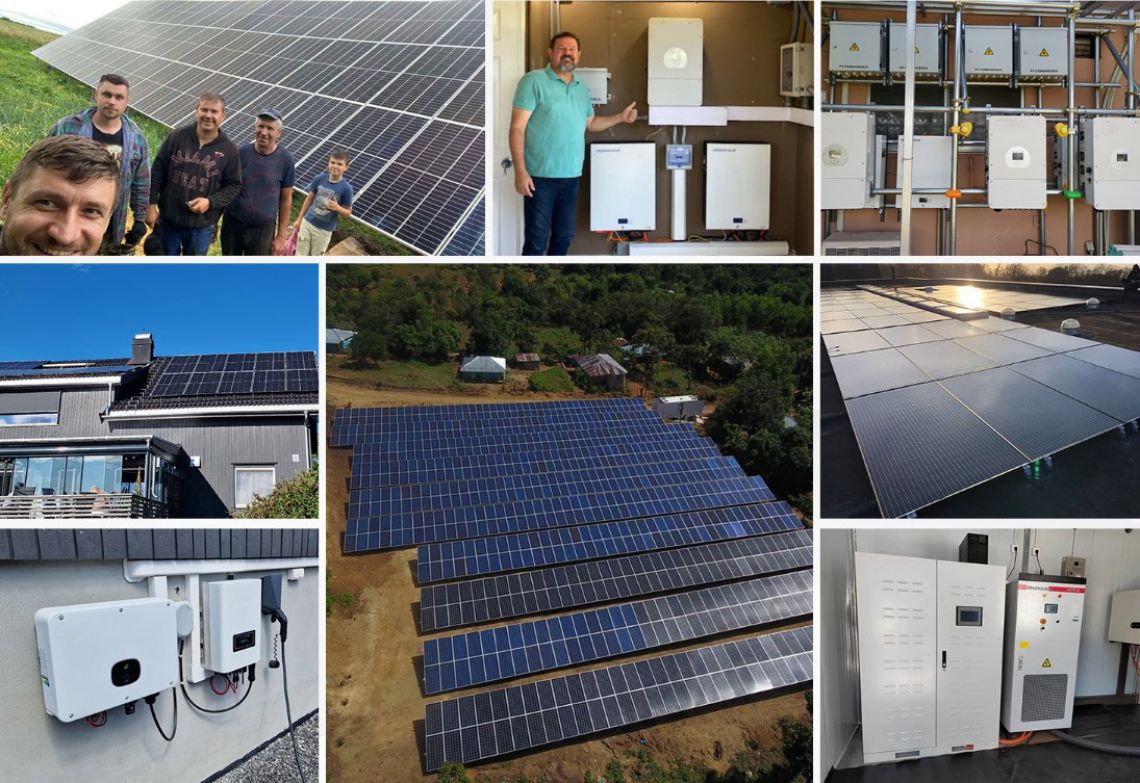
Transportation and packaging

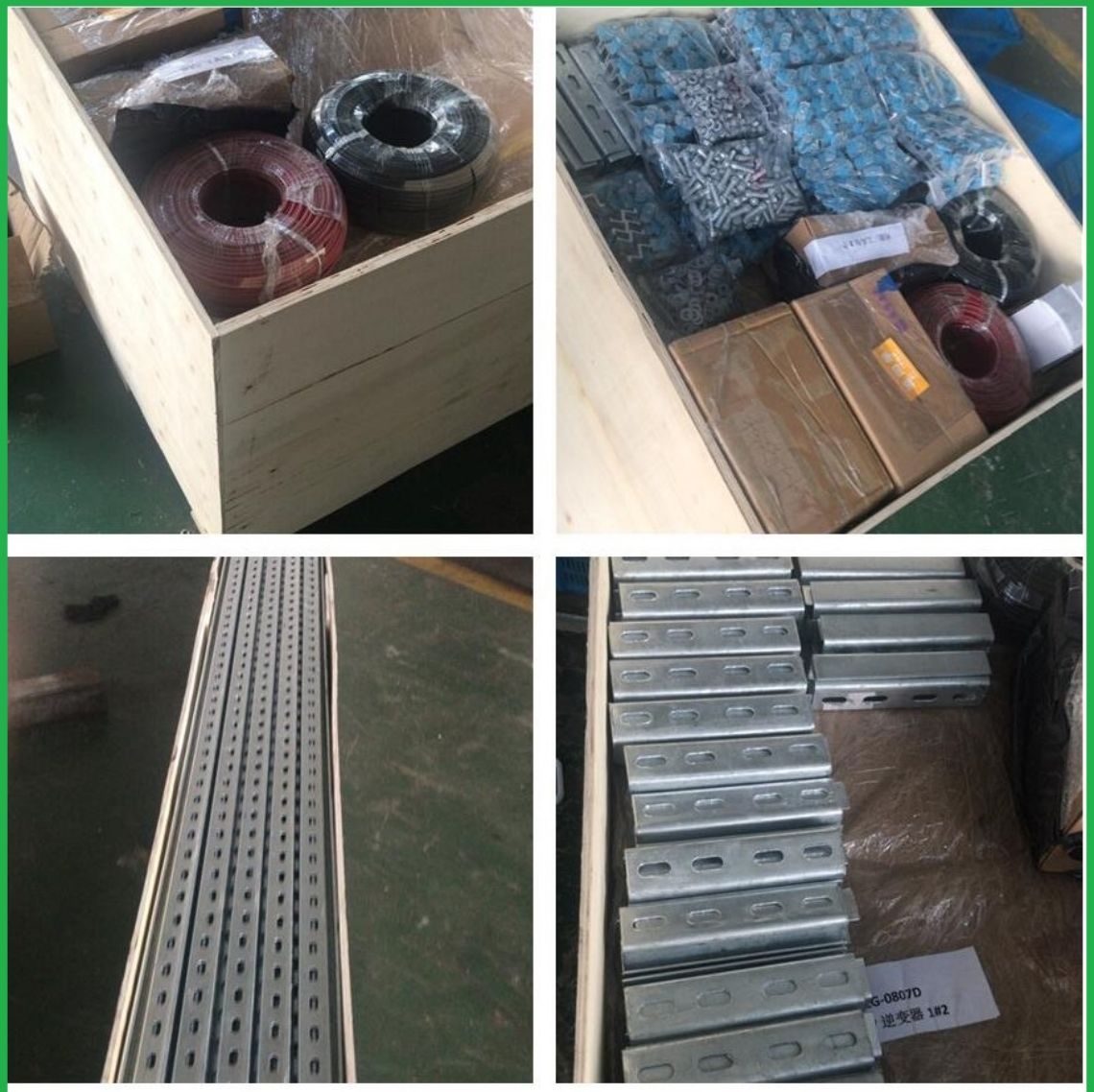
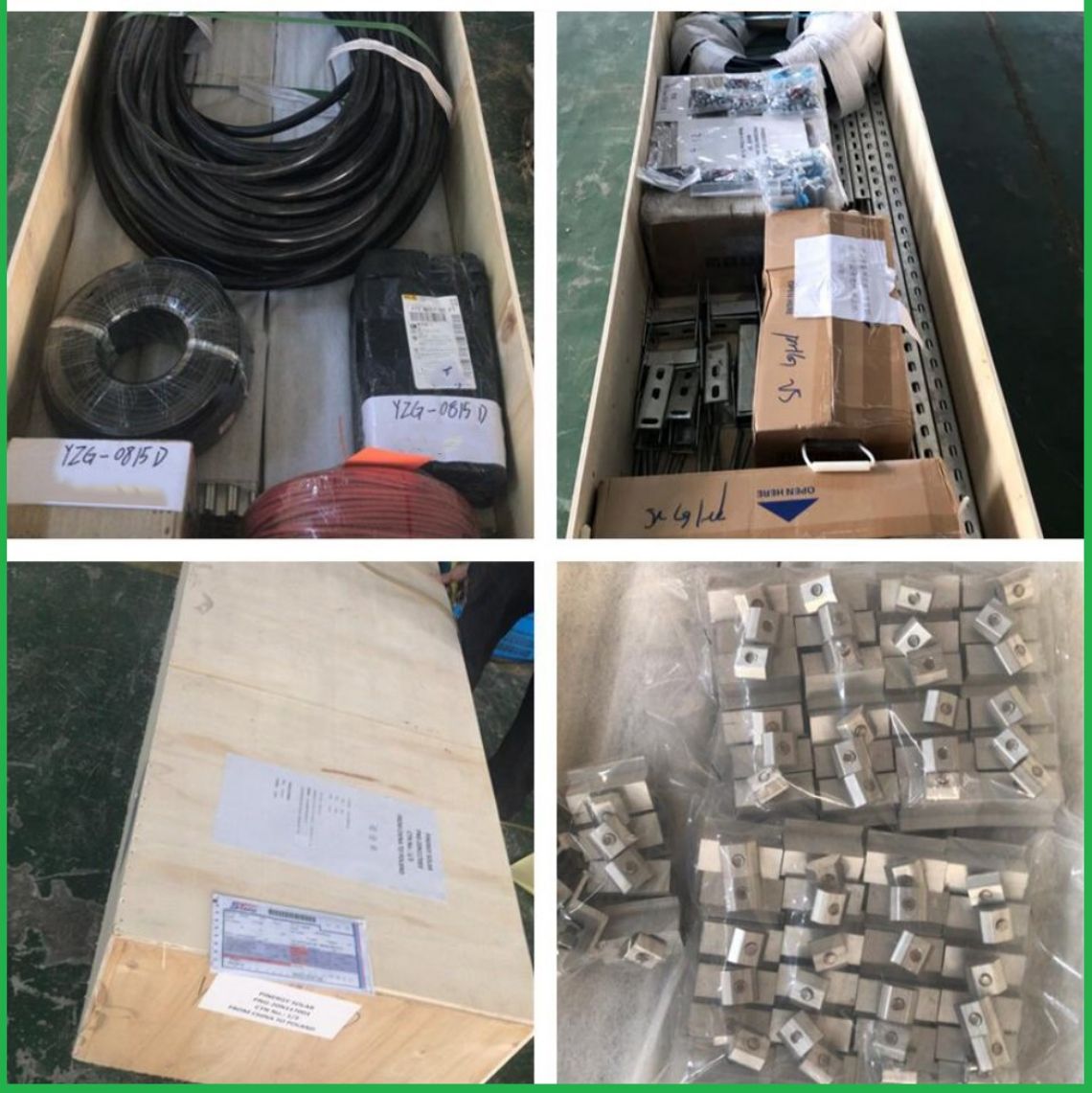
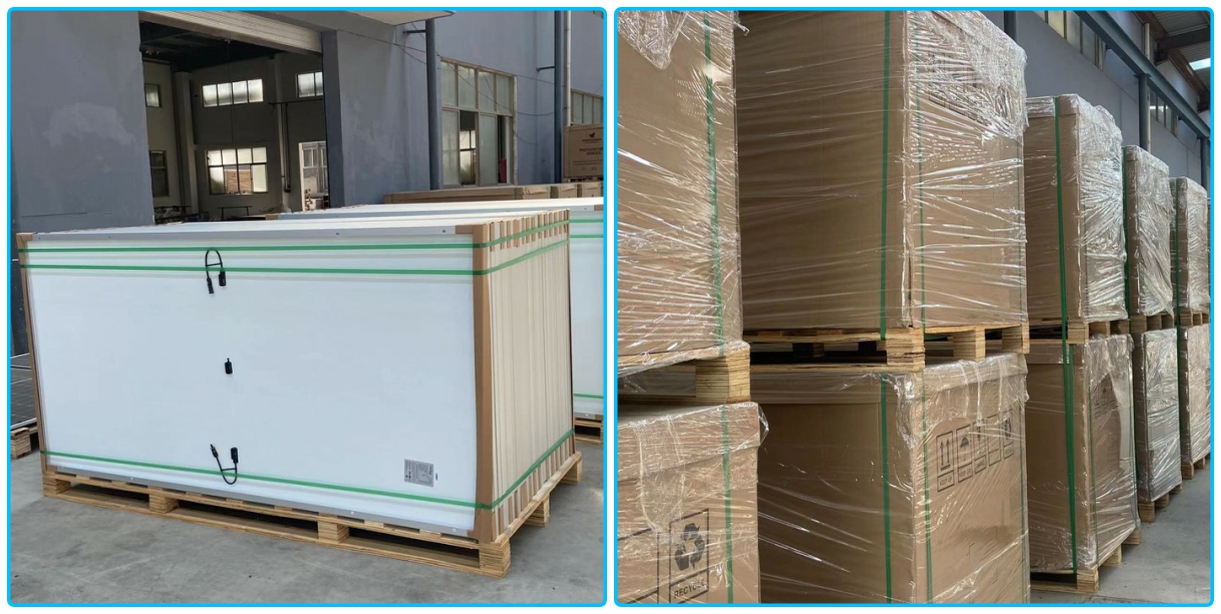
FAQ
1: Q:What's the different between inverter and solar inverter?
A: Inverter is only accept AC input, but solar inverter not only accept AC input but also can connect with solar panel to accept PV input, it more save power.
2.Q:What are the advantages of your company?
A:Strong R & D team, independent R & D and production of main parts, to control product quality from the source.
3.Q:What kind of certificates your products have acquired ?
A:Most of our products have acquired CE, FCC, UL and PSE certificates, which is able to satisfy most country’s importing requirements.
5.Q:How do you ship the goods since they are high capacity battery ?
A:We have long-term cooperated forwarders who are professional at battery shipment.

